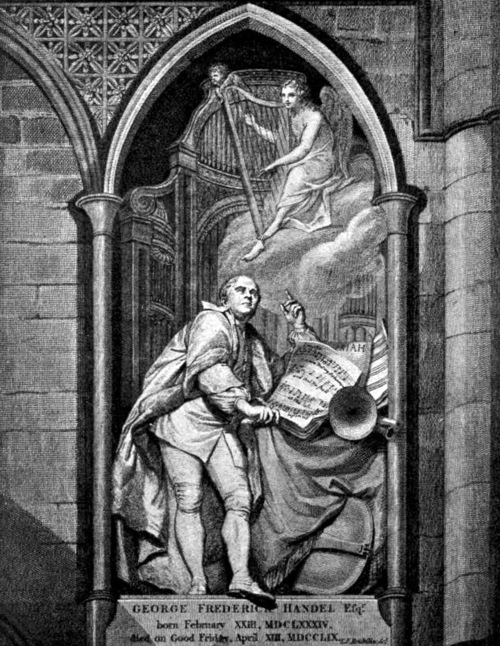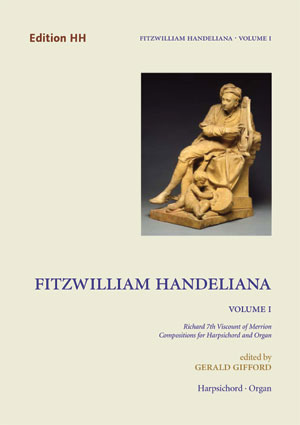
The resounding success of the premiere of Händel’s Rinaldo, his first opera in England, was tempered by satirical and sarcastic criticism in The spectator, a weekly journal dedicated to combining wit with morality.
The spectacular scenery and costumes, textual weaknesses, and lack of logic were all points of criticism. Joseph Addison, measuring the performance by the standards of reason, truth, and naturalness, hardly found occasion to mention the music and excellent cast.
The main forum for these ideas of a new moral, social, and national function for opera was the London coffeehouse. Thus the Enlightenment, through the medium of opera, came to influence the thought of large groups and stimulated new social behavior and artistic standards.
This according to “Mit Rindern, Schafen und Spatzenschwärmen: Die Londoner Uraufführung der Oper Rinaldo von Händel” by Wilhelm Baethge (Das Orchester XLIII/11 [1995] 17-22; RILM Abstracts of Music Literature 1995-14126).
Today is the 31oth anniversary of Rinaldo’s premiere! Below, the opera’s march remains one of its most popular excerpts.
BONUS: John Gay’s celebrated repurposing of the march for The beggar’s opera.










